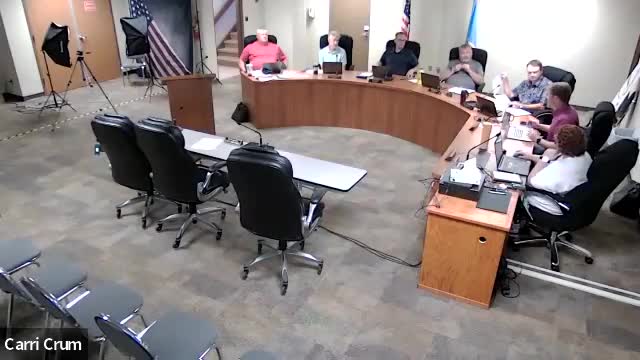
This article was created by AI using a video recording of the meeting. It summarizes the key points discussed, but for full details and context, please refer to the video of the full meeting. Link to Full Meeting
Since its pilot launch just a few months ago, the program has successfully diverted three to four children from the Juvenile Detention Center (JDC), with a statewide success rate exceeding 90%. This statistic highlights the program's potential to transform how juvenile offenses are handled, emphasizing rehabilitation over punishment. "We are seeing a significant impact," said a program representative, noting that the conditional release allows for direct contact with a diversion coordinator from day one.
The process begins with an intake assessment, where law enforcement evaluates the child's history and the nature of their offense. Factors such as prior run-ins with the law and the availability of a responsible adult are considered. While some offenses, like vehicle burglary or simple assault, may qualify for diversion, the child's past behavior plays a crucial role in determining their eligibility.
The program aims to address not just minor infractions but also to provide alternatives for more serious cases, as long as there is a solid plan to ensure community safety. "We can override the placement of JDC if we believe the child can stay in the community safely," the representative explained. This approach not only supports the youth but also saves the county money by reducing the need for detention.
As the program continues to evolve, officials are optimistic about its long-term impact on juvenile justice in Clay County, paving the way for a more rehabilitative approach to youth offenses. The next steps include ongoing training for law enforcement and further assessments to refine the program's effectiveness.
Converted from July 8, 2025 County Commission Meeting meeting on July 08, 2025
Link to Full Meeting
Comments
View full meeting
This article is based on a recent meeting—watch the full video and explore the complete transcript for deeper insights into the discussion.
View full meeting